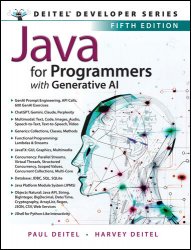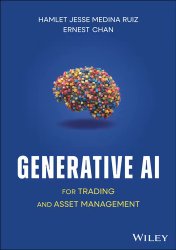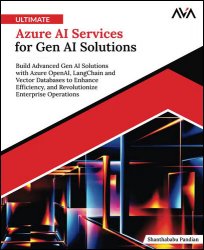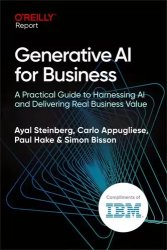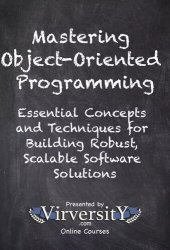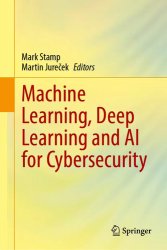- Добавил: literator
- Дата: 10-05-2025, 19:49
- Комментариев: 0
 Название: Angular 19.2: The Complete Developer's Guide
Название: Angular 19.2: The Complete Developer's GuideАвтор: Lucas Wiig
Издательство: Independently published
Год: 2025
Страниц: 457
Язык: английский
Формат: pdf, azw3, epub (true), mobi
Размер: 10.1 MB
Unlock the power of Angular with Angular 19.2: The Complete Developer's Guide, the ultimate resource for mastering one of the most popular frameworks in modern web development. Whether you're a beginner or seasoned developer, this book is your pathway to building dynamic, scalable web applications. Angular 19.2: The Complete Developer's Guide provides an in-depth, hands-on approach to learning Angular, the robust jаvascript framework used by developers worldwide. This guide walks you through everything from setting up your environment to building complex applications, with clear explanations and practical examples along the way. You’ll learn how to leverage Angular's powerful features like dependency injection, RxJS, routing, forms, and advanced architecture. With updates specific to Angular 19.2, this book ensures you're working with the latest tools and techniques, preparing you to tackle any project with confidence. Whether you’re building enterprise-scale applications or simple web apps, this guide covers it all.

